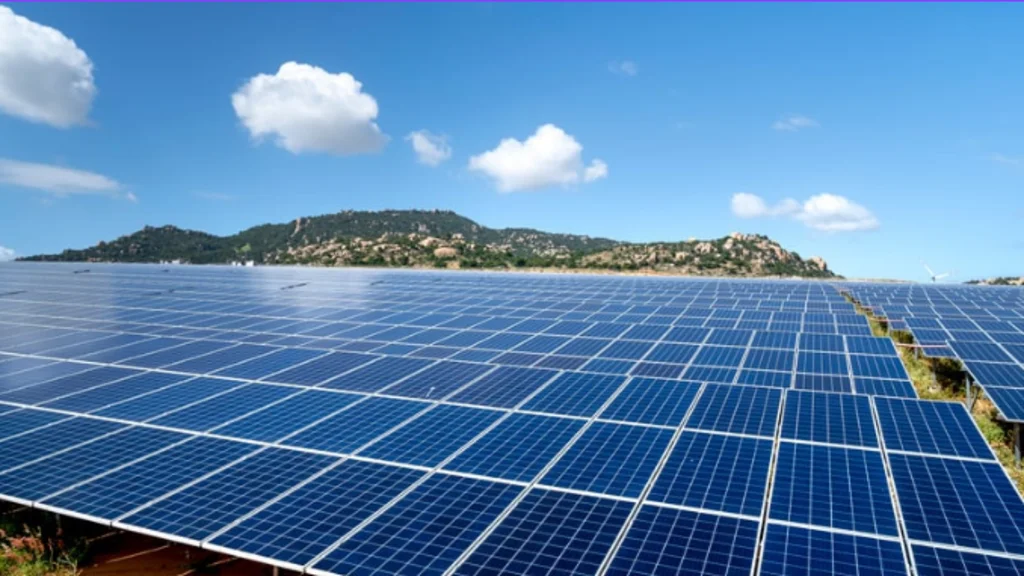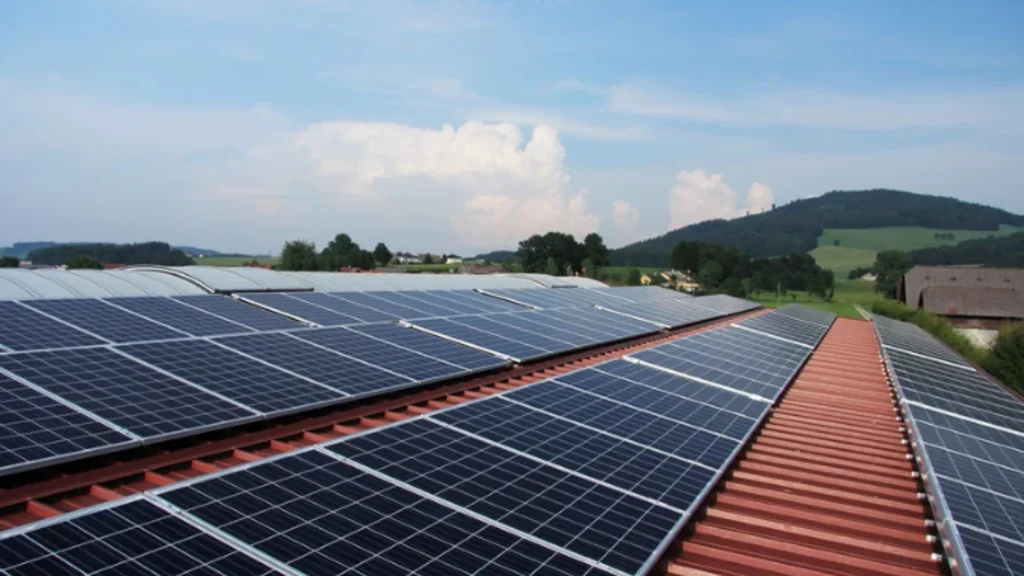Have you ever wondered why two homes with the same number of solar panels can have completely different electricity outputs? The answer lies in one powerful metric: solar panel watt. Understanding how wattage affects performance, sizing, and efficiency can be the key to maximizing your energy savings.
In this guide, we’ll break down everything you need to know from sizing charts to calculators, specifications, and real-world performance tips.
What Does ‘Solar Panel Watt’ Actually Mean?
In simple terms, solar wattage refers to the amount of electrical power a panel can produce under standard testing conditions (STC). If a panel is rated at 400 watts, it means it can produce 400 watts of power per hour under optimal sunlight.
However, in the real world, your actual output will depend on factors like:
- Location and sun hours
- Tilt angle and shading
- Dirt accumulation and maintenance
- Inverter efficiency
According to the National Renewable Energy Laboratory (NREL), even high-wattage panels can lose up to 20% of their output due to real-world conditions like dust, bird droppings, or heat loss.

Solar Panel Sizes and Wattage: What’s the Connection?
The size of a solar panel typically correlates with its wattage. Larger panels usually have more photovoltaic (PV) cells and thus, a higher power output.
| Panel Size (cm) | Watt Rating | Ideal For |
| 100 x 70 | 100–150W | RVs, boats, camping |
| 165 x 99 | 250–400W | Residential rooftops |
| 210 x 105 | 450–580W | Commercial solar systems |
Most residential panels fall in the 250–400 watt range, while commercial solar panel sizes and wattage often exceed 550W, thanks to larger dimensions and higher cell counts.
Also click here: Top solar panel inverter.
How to Calculate Your Needs: Solar Panel Watt USA Calculator
To determine how many panels you need, multiply your average daily electricity consumption by 365 days to get annual kWh usage. Divide that by your area’s solar irradiance (in kWh/m²/day), then adjust for system losses (about 15–20%).
For example:
A Texas homeowner using 30 kWh/day might need approximately 24 panels rated at 400W each, assuming 5.5 peak sun hours per day and an 80% system efficiency.
Online Tools:
- NREL PVWatts Calculator
- EnergySage Solar Calculator
These tools serve as a reliable solar panel watt USA calculator and often include a solar panel size and wattage calculator.
Solar Panel Size Chart: Comparing Wattage at a Glance
Here’s a quick reference chart comparing the most popular residential and commercial solar panels on the market:
| Wattage | Typical Size (cm) | Efficiency (%) | Use Case |
| 100W | 100 x 70 | 15–17% | Camping, off-grid sheds |
| 250W | 165 x 99 | 16–18% | Small homes |
| 400W | 170 x 105 | 19–21% | Modern homes |
| 550W | 210 x 105 | 21–22% | Large-scale buildings |
| 580W | 210 x 110 | 21–22.5% | Commercial installations |
Many manufacturers now offer solar panels specifications PDFs with details about temperature coefficients, power tolerances, and warranty information. These documents are vital for installers and homeowners evaluating product performance.

Why Wattage Isn’t Everything: Real-World Lessons from the Field
Meet Carla, a homeowner in Arizona. She installed twelve 400W panels expecting a perfect energy match. But her output was consistently 15% lower than expected.
After an inspection, the culprit was clear: soiling loss. Dust from nearby construction sites had accumulated over 3 months, cutting her system’s effectiveness.
“People think once the panels are up, it’s set-and-forget,” Carla shared. “But I learned the hard way—those things need regular cleaning.”
Pro Tip: Cleaning your panels every 3–4 months with a soft-bristle brush and distilled water can restore up to 20% of lost output.
Common Mistakes When Choosing Solar Panel Wattage
Choosing the wrong wattage isn’t just inefficient—it can cost you thousands over the system’s lifetime. Avoid these pitfalls:
- Underestimating shading losses: Even partial shade on one panel can affect an entire string
- Skipping inverter pairing: A 6000W panel array with a 5000W inverter leads to energy clipping and waste
- Ignoring future needs: If you plan to add an EV charger or heat pump, account for that in your wattage planning
Visit here : Renewable energy and solar power.
Checklist: How Much Solar Wattage Do You Need?
Ask yourself:
- What’s my average monthly electricity bill?
- Do I plan to stay in this home for the next 10–20 years?
- Will I be adding battery storage or EVs soon?
- Do I want to offset 100% of my usage or just part of it?
Use a reliable calculator or talk to a licensed installer to ensure you’re neither under- nor overbuilding your system.
Is Your Solar Investment Producing Its Full Wattage Potential?
From choosing the right panel size to understanding solar panel watt, the key to a smart solar setup lies in proper planning and maintenance.
Your system’s wattage isn’t just a number, a performance benchmark, a sizing metric, and a reflection of your long-term energy goals.
If your panels haven’t been cleaned in over 3 months, you could be losing 10–20% of your energy output. Book a system checkup today and start maximizing your solar investment.

FAQs
Is 3000 Watts Enough to Power a House?
A 3000-watt system can meet the basic electricity needs of small to mid-sized homes, which typically use around 10–15 kWh/day, but it may not fully power high-consumption households.
Is a 3kW Solar Panel System Enough for a House?
Yes, for homes using less than 900–1000 kWh per month, a 3 kW solar system can offset most of their electricity needs, especially in sunny regions.
How Many Batteries Do I Need for a 3000 Watt Solar System?
You’ll typically need 4–6 batteries (200Ah, 12V), depending on battery type and desired backup time, fewer if using lithium batteries with higher usable capacity.
How Long Will a 12V Battery Last with a 3000W Inverter?
A 12V 200Ah battery may only run a 3000W inverter for about 20–30 minutes, making it unsuitable for high-power loads without multiple batteries.
How Long Can a 200Ah Battery Run a 1000W Inverter?
A 12V 200Ah battery can run a 1000W inverter for roughly 1.2 hours (lead-acid) or up to 2.2 hours (lithium), depending on battery chemistry and efficiency.











